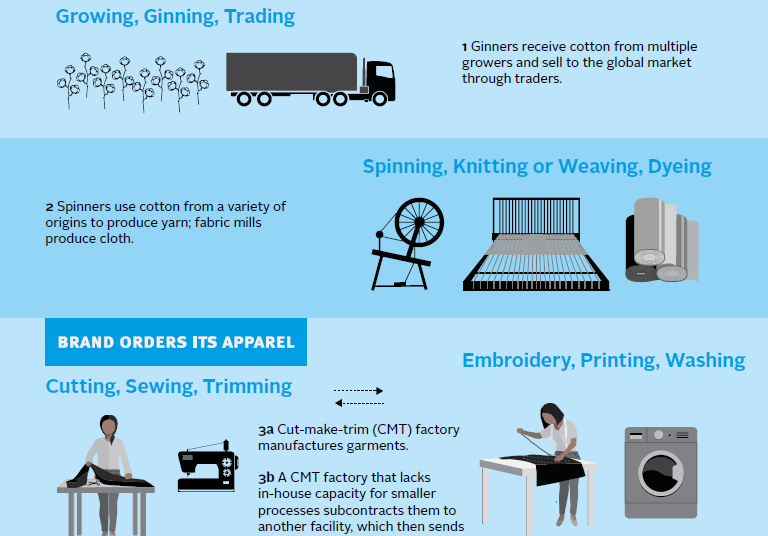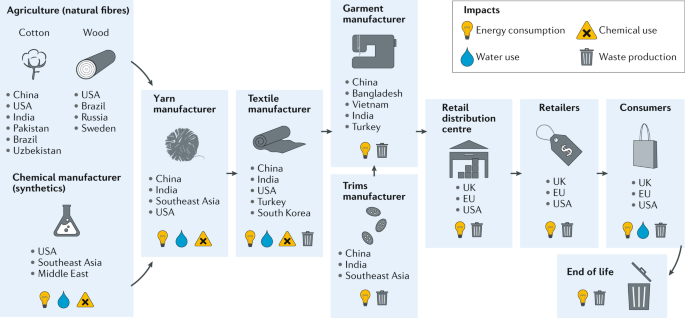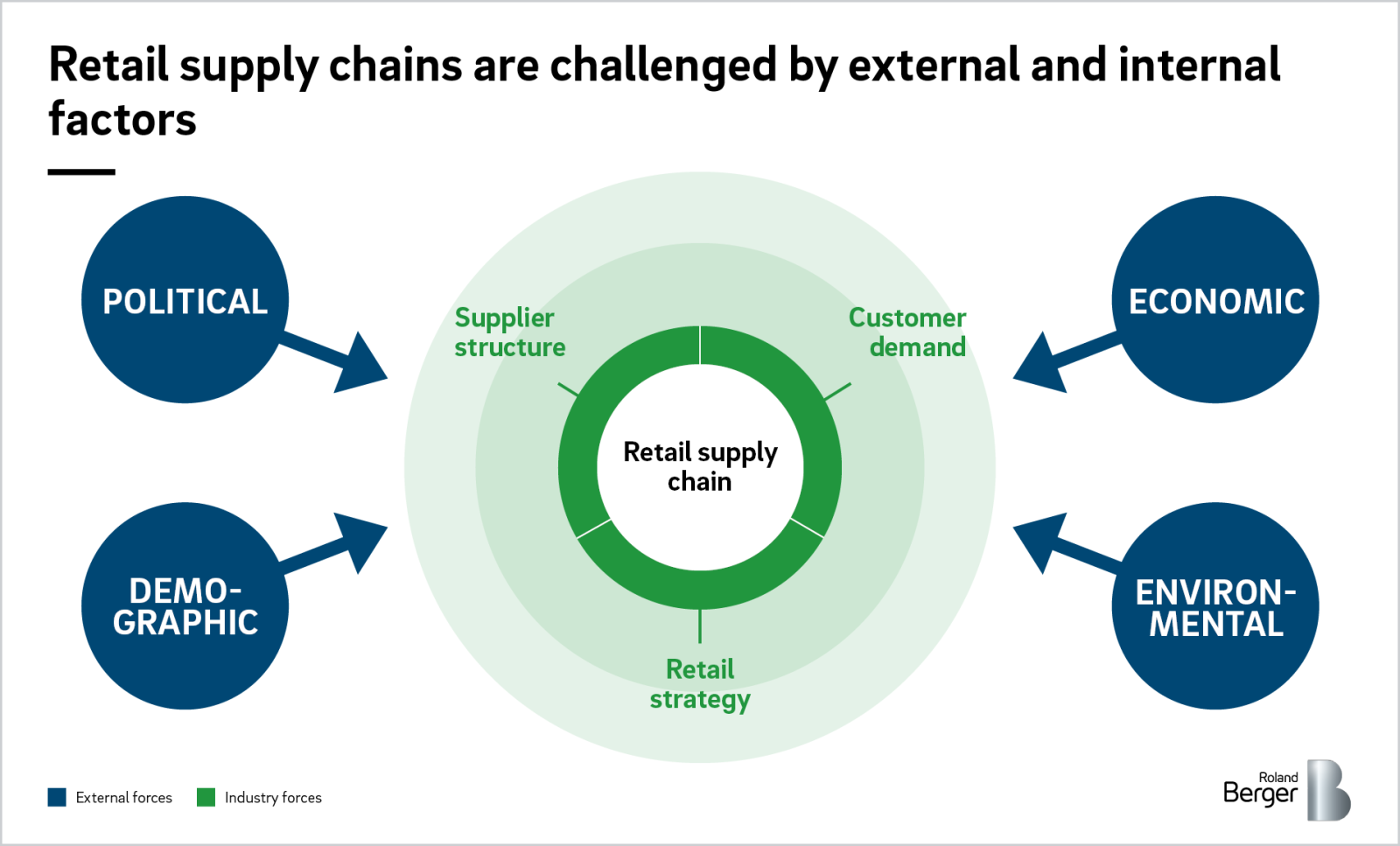The textile and apparel industry today faces several supply chain challenges. Increased Costs Throughout the Supply Chain.
 The Flowchart Of The Supply Chain In Fashion Industry Describes The Download Scientific Diagram
The Flowchart Of The Supply Chain In Fashion Industry Describes The Download Scientific Diagram
14052020 Demand forecasting in the apparel industry is difficult and can make effective supply chain management difficult too.

Apparel industry supply chain challenges. This article highlights some of challenges and concerns that some of these countries face many of which are dependent on textile and garment exports. How apparel supply chains have been affected in 2020 Consumer demand for clothing has declined and spending has fallen sharply. From decreased shipping times to subscription-based orders with designer-inspired requirements for kitting businesses in this industry must overcome some.
We work with a lot of branded and private label apparel manufacturers and brand owners and its clear there is a misperception about supply chain complexity in these industries. Along with cost considerations sky-high product turnover rates present major supply chain challenges for organizations. In the era of fast fashion apparel and textile supply chains are becoming increasingly intricate.
Although software is a game-changer in todays business environment inventory management poses challenges to supply chain management in the apparel industry. Modern consumers want to know where their clothing is coming from and demand that this is produced fair and sustainable. Top Supply Chain Challenges in Apparel Industry 1.
The apparel industry has traditionally been driven by low-cost manufacturing heavy manual labor and low-technology. As will be discussed in chapter three the apparel industry faces various supply chain challenges many due to the fact that the major part of apparel manufacturing activity for the United States market has moved outside the country to low-labor-cost countries in the Far-East. 08042019 Importance to the Global Economy The textile and apparel industry is a very important contributor to the world economy and also has one of the largest longest and complicated global supply chains.
01012014 challenges that value b rand retailers deal in the supply chain manageme nt and how they could reconfigure their internal and external supply chain. A combination of consumer expectations more routes to market international complexities and other factors creates significant challenges throughout the supply chain network. Consumer preferences such as a trend toward made-to-order as.
It may not be achievable in a short span. Due to the complex nature of the textile supply chain these challenges need to be addressed in several places in the supply chain. This industry is characterised by a highly integrated global supply chain.
However in the past decade supply chain technologies driven by the Internet have provided companies with considerable competitive advantage. One of the bigger challenges highlighted during the conversation was that most shoppers and even brands have a hard time grasping the complicated nature of the apparel supply chains. This is due to both a drop in peoples disposable income and the limited opportunity for socialising.
17122019 Most mass-market apparel supply chains were built to optimize cost of above all else according to Thorbeck. The apparel supply chain is so long and complicated implementation of complete sustainable practices has to be preceded by careful research and pilot programmes. These supply chains seem lower risk since the cost of goods is so low but they raise the cost of uncertainty since they tend to require larger orders and more lead time.
A complicated supply chain. The accountability challenges of the textile and apparel sector are closely related to the rapid globalization and fierce competition to grab market shares achieve high product churn rate and lower operational costs. The Future Development of the Apparel Supply Chain.
Overseas manufacturing delays Apparel stores in North America and Europe are increasingly depending on. The apparel industry is one of persistently developing needs to accommodate consumer demand. Whether apparel businesses are constantly refreshing fast-fashion styles or offer just a few collections a year a streamlined supply chain is fundamental to getting huge volumes of ever-changing SKUs to market quickly.
Global apparel consumption is estimated to be around US18 trillion making it around 23 of global GDP. We note trends in four areas. Apparel Supply Chain Challenges Size XXL.
In it many developing countries play the role of the supplier of low-cost inputs. Buying clothes is not a priority leaving many fashion companies with excess stock. In this post well explore whats driving some of the main changes were seeing in the supply chain.
Worldwide many associations coalitions.
 The Environmental Price Of Fast Fashion Nature Reviews Earth Environment
The Environmental Price Of Fast Fashion Nature Reviews Earth Environment

 Fully Digitalized Supply Chains In Response To Retail Challenges Roland Berger
Fully Digitalized Supply Chains In Response To Retail Challenges Roland Berger
 The Apparel Value Chain Global Supply Chain Supply Chain Supply Chain Management
The Apparel Value Chain Global Supply Chain Supply Chain Supply Chain Management
